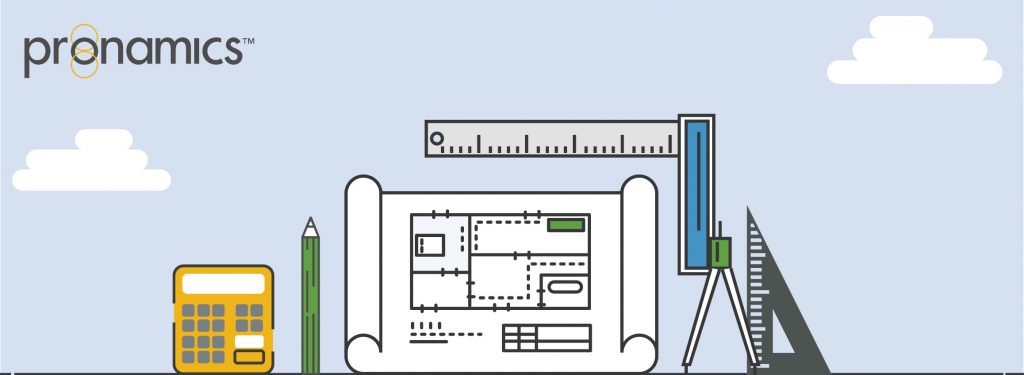GLEN’S SOAPBOX – Pricing, Estimating, And Success – Revisited
Recently we came across this article from 2004 on Pricing, Estimating and Success. We put it to Glen Townsley, Pronamics founder and the original developer for Expert Estimation and Expert Project, to see if he agreed with this advice around pricing and estimating from 16 years ago.
Pronamics: Glen, the author of this article says “The price of a job is comprised of 4 basic components: labour costs, material costs, overhead, and profit.” Do you agree?
Glen: Yes, though I’d add plant and subcontracted works to that. I understand the author is coming from a painting contracting business, so we need to adjust our scope to allow for larger scale works such as civil or construction.
Pronamics: They say that “estimating is the process of identifying the labour and material costs. We add our overhead and profit to those costs to obtain our price.”
Glen: Very simplified but essentially true.
Pronamics: Let’s talk about overhead. Their definition of overhead (again, coming from the perspective of a small business owner) is “advertising, rent, insurance, utilities, phone, owner’s salary, etc.” They say that overhead “is completely unique to each company. Without knowing these numbers, it is impossible to properly price a job.”
Glen: I take issue with the “completely unique” statement. While it’s true that each company will have different rates for different resources, the quantum of the resources will (or at least should be) very similar from company to company. For example, each company will have a project manager on site for similar times but the rate that that project manager costs each company may differ.
Pronamics: What about profit? They say that “profit goals are also unique to each company… without knowing the specific profit goals for a company, it is impossible to properly price a job.”
Glen: I’d add the recovery of head office overheads, This will certainly be different for each company.
Pronamics: Keeping in mind that the author is talking about smaller jobs for trades, they say if you don’t know what your overhead and profit goal is, asking questions about how to price is pointless.
Glen: Absolutely. Direct costs plus overhead costs plus profit equals sell total. This holds true for small trades all the way through to billion dollar works. If you don’t know your overheads and profit goal, then no matter how accurate your direct costs are, you won’t price correctly.
Pronamics: The author says that “a large percentage (often more than 50%) of the job’s price should be comprised of overhead and profit. Does that ring true for you?
Glen: 50% is very high for works I have been involved with, more like 15 – 20% but I know the author is not talking about civil jobs as I have experienced, but rather smallish building jobs or trades.
Pronamics: Well, let’s look at direct costs. Labour is integral to any job. The author says that “labour costs are determined by the type of work being performed, the production rates of the company’s workers (the time required to perform each task), and pay rates. As with overhead and profit, these numbers will be unique to each company.” Thoughts?
Glen: I don’t think unique as most companies would use similar productivity rates when it comes to larger scale works.
Pronamics: Let’s circle back to the original statement. The author asserts that labour rate plus materials equals costs, and by adding overhead and project you will have your price for the job, and that the same principle applies to every contracting job—large or small, simple or complex—regardless of trade.
Glen: Agreed, the complex projects are just broken down until they become simple.
Pronamics: Finally, they say that “accurately pricing a job is not rocket science, but it shouldn’t be based on conjecture, blind guesses, or another company’s numbers either.”
Glen: Absolutely 100% correct. I’ve often said that the job of an estimator has two parts, estimating and tendering. Estimating is about accurately predicting the cost of the project. Tendering is about taking that estimate and moulding it into a winning bid. If you don’t do the estimating soundly, tendering is then based on uncertain numbers which can lead to disasters.
Pronamics: Thanks for taking the time to review this article. We were curious as to whether its advice still holds true today despite all the advances in estimating systems and technology.
Glen: It certainly does. Advances in technology make calculations faster and reduce potential for human error, but I like the way this guy thinks, because it’s sound and based on good practice. It’s what we have been saying for the last 30 years!

Glen Townsley is the founder of Pronamics, and has spent over 30 years building estimating software after a successful career as a civil estimator and project manager.

